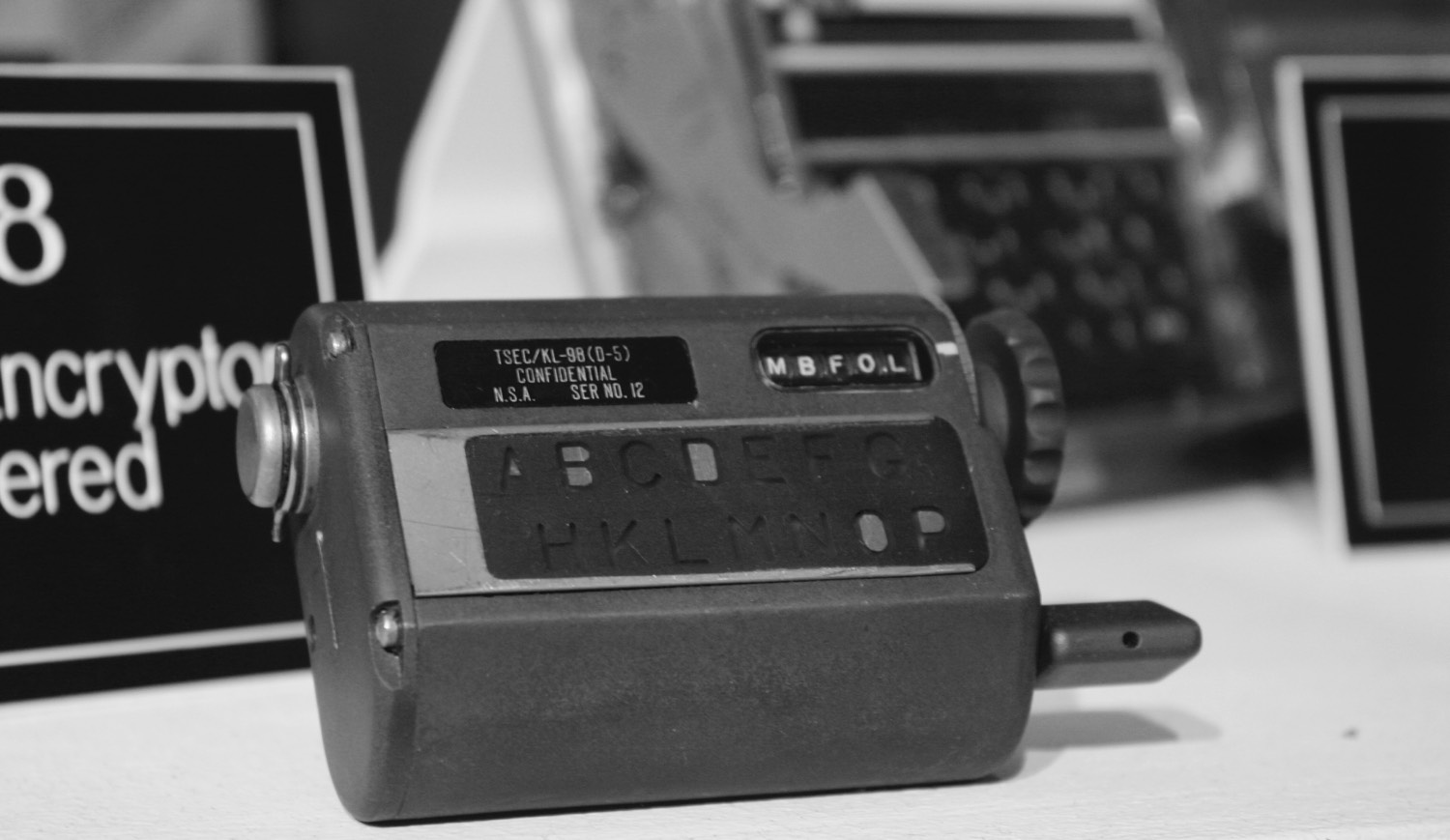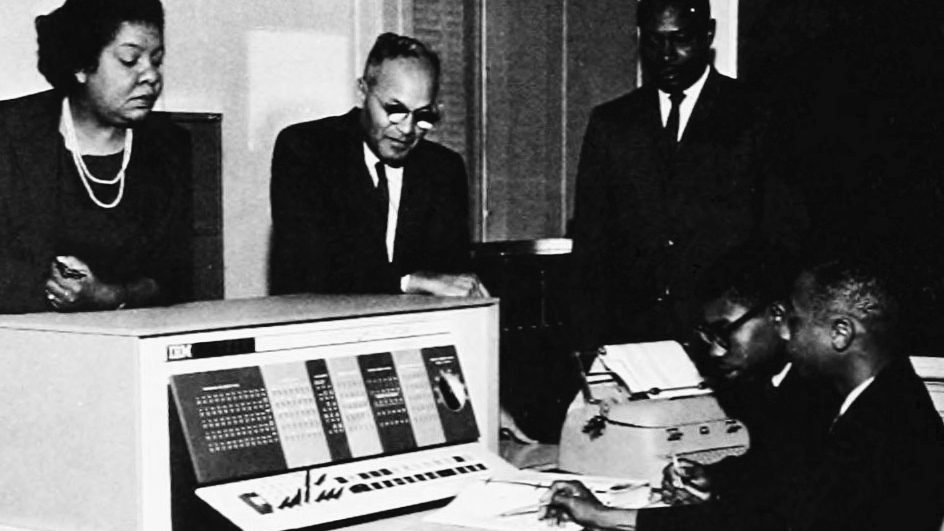Blogging in this course provides you with a space to
- analyze and work through course readings
- relate these readings to current issues related to the changing nature of literacy
- navigate and reflect on practices of online writing and representation
- write in an increasingly culturally powerful genre and medium
- and interact with one another’s ideas and representations via peer commenting

How to blog and what to blog about…
Beginning week three of the quarter (the week of January 20 and 22) you are required to post a blog entry at least twice each week, for a minimum of 16 posts throughout the quarter (we’ll also blog in class at least twice, so you should have no problem reaching 16 posts by Sunday, March 20 at 11:59pm).
You need to have at least least four posts by the Midterm Exam, Monday, February 3.
There are two main genres of blog posts I’ve identified as particularly helpful for engaging with the ideas of this course. They are:
- Reading focus. Authors of blog posts in this genre will analyze, synthesize, and apply course readings. The value of a blog with a reading focus is that it allows you to “try on” an author’s argument, question an author’s claims, bring that author into dialogue with other course authors, or see if the author’s claims hold up when applied to a contemporary example. A post with a reading focus must discuss at least 1 course author, and must be a minimum of 200 words long.
- Personal focus. Authors of blog posts in this genre will reflect on a personal literacy memory or experience. The value of this genre is that it lets you explore and deeply examine something familiar and taken-for-granted. A post with a personal focus must describe and analyze something personal to you about writing and reading, and must be a minimum of 200 words long.
Overall, take risks in your blog posts—try on ideas, struggle with terms you’re not familiar with, and make connections that may seem initially odd. You may create new genres other than the two above, as long as they are 200 words long.
All blog posts must include a relevant (widely construed) “featured image.” Beyond this requirement, I encourage you to consider adding as many images, audio clips, film clips, etc. as you’d like—to build on your text and/or accomplish rhetorical tasks text alone couldn’t complete.
Criteria for assessment
Each required post is worth one point and you will be credited with a point for each blog post, provided it meets the following criteria:
- Originality: Words you claim to be your own must, in fact, be your own. The Internet makes it really easy to cut and paste. Cutting and pasting into your own blog is great, as long as you clearly communicate to the reader that these words are cut and pasted. Even in the postmodern sphere of blogging, we need to be mindful of the risk of plagiarism.
- Citations: Always give author attribution when citing an author’s work by putting her or his words in quotation marks and either linking directly to a website that clearly indicates the source or writing a citation in MLA style if there’s no other way of citing. Citations for texts other than course readings should take the form of either MLA citations or links to websites where you found the material. For example, in a blog post responding to a New York Times editorial about texting and the decline of grammar, you should offer a direct link to the piece in the Times. Lacking links is failing to cite. All media content must, when relevant, be cited. For anything you don’t create on your own (with some exceptions we’ll discuss), give credit to the content creator.
- Post length and links: Each post should conform to the minimum word length and other parameters indicated in the genre descriptions above.
- Intertextuality: Whenever applicable, all blog posts should take advantage of the intertextual nature of blogging by including links to other blogs, links to relevant examples, photos, and/or videos, along with the text you write.
- Tags: Each post should include tags that function as an index of your writing. Importantly, each blog post must have its genre identified though tagging. Create tags when necessary and use already-established tags that your peers have already created.
- Timeliness: Each post and comment should be published by the deadlines indicated on the course syllabus.
Commenting on your peers’ posts
You are required to comment on your peers’ blogs throughout the term at least 8 times. Each comment is worth .5 point, for 4 points total. A comment will get full credit if it meets the following criteria:
- Each comment must be at least 1 sentence long.
- Each comment must take a position and provide justification for it. For example, a comment stating, “I like this” or “I disagree” is insufficient. If you agree, say why. If you disagree, say why. If you’ve had similar experiences, explain them. If you feel that the blogger misinterpreted the reading, provide clarification.
- Note that commenting on another user’s comment is an entirely valid form of commenting.


